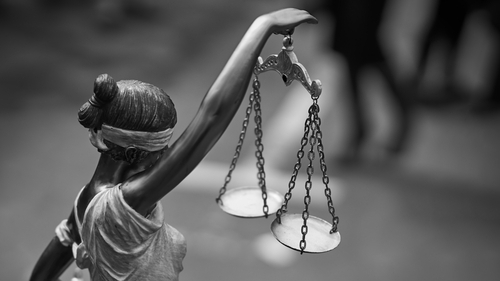
Feeling the legal heat: climate litigation doubles in five years
More and more investors and their investee companies face climate-related lawsuits, with American entities leading the pack. What is going on?
Climate litigation has more than doubled in just five years time, according to a new UN Environment Programme report.
Accounting for 1,522 of the 2,180 cases reported worldwide, the US is the top jurisdiction for climate-change related legal action. In 2017, just 654 cases were reported in the US and 230 worldwide.
The report also noted that climate change litigation “is increasing and broadening in geographical reach, while the range of legal theories is expanding”.
Institutional investors figure among the diverse plaintiffs, which also include individuals, youth, women and human rights groups, communities, indigenous groups, non-governmental organizations (NGOs), business entities, and national and subnational governments.
The cases tend to focus on one or more of the following:
1) The use of “climate rights” in climate litigation;
2) Domestic enforcement;
3) Keeping fossil fuels and carbon sinks in the ground;
4) Corporate liability and responsibility;
5) Climate disclosures and greenwashing; and
6) Failure to adapt and the impacts of adaptation.
Climate rights encompass the ways in which national constitution, human rights law and other laws in general, imbue individuals and communities with rights to climate mitigation and adaptation action.
It refers to both international and domestic commitments made to ensure that people will enjoy a safe and stable climate as well as other rights that do not explicitly focus on climate but have an impact in addressing climate change.
As these cases become more frequent and numerous overall, the body of legal precedent grows, forming an increasingly well-defined field of law, the report said.
Also read
Ontario Teachers’ investment chief: long-term capital powers net zero transition
Litigious investors
Momentum appears forthcoming in the stakeholder activism space, with notable developments in the UK.
In February, a group of European institutional investors led by NGO ClientEarth backed a London lawsuit against energy giant Shell’s board over alleged climate mismanagement.
ClientEarth, which holds 27 shares in Shell, argued that the company lacks credible short- and medium-term targets and clear scope 3 emission targets, which contribute significantly to the company's carbon footprint. This meant its directors were breaching their duties to shareholders.
This was the first notable attempt in the UK courts to hold directors personally liable for failure to properly prepare for transition to net zero.
"Principled outcome litigation will continue as an emerging trend."
Despite its limited stake, ClientEarth is backed by an institutional investor group holding 12 million shares who share the concerns.
While the case was rejected in May, the Court had granted ClientEarth’s application for an oral hearing. However, this too was rejected in July.
Craig Thompson, commercial litigation partner at TLT, said, “Regardless of the outcome of this oral hearing and despite the hurdles that an applicant such as ClientEarth must overcome in seeking to pursue these sorts of claims, we envisage that principled outcome litigation will continue as an emerging trend.”
That said, the recent High Court judgment does “dampen” the future of derivative claims where the primary motive is to promote climate risk policy or agenda, Thompson added.
In addition, the Court criticised the remedies sought by ClientEarth, commenting that: “It is not the court's function to express views as to the Directors' conduct which have no substantive effect and which fulfil no legally relevant purpose.
The proper forum for generating those types of view as to the Directors' conduct is by vote of the members in general meeting, a remedy which ClientEarth is entitled to take steps to procure in its capacity as a shareholder.”
This embodies the underlying message of the judgment – that the court will very much respect a company’s autonomy to make commercial decisions and will only rule on matters of law, according to Thompson.
While ClientEarth’s claim has so far been unsuccessful, the substantial backing from institutional investors is noteworthy. “Investor support is a growing trend in the ESG space which indicates that shareholders are taking EGS obligations seriously,” Thompson said.
“This, together with recent developments in ESG litigation funding, suggests that ESG claims are here to stay, even if directors in a personal capacity are not necessarily the most appropriate target.”
Nest and LGPS pool London CIV were among the institutional investors that backed the case against Shell.
Also read
More and more corporates face climate litigation as cases rise rapidly




